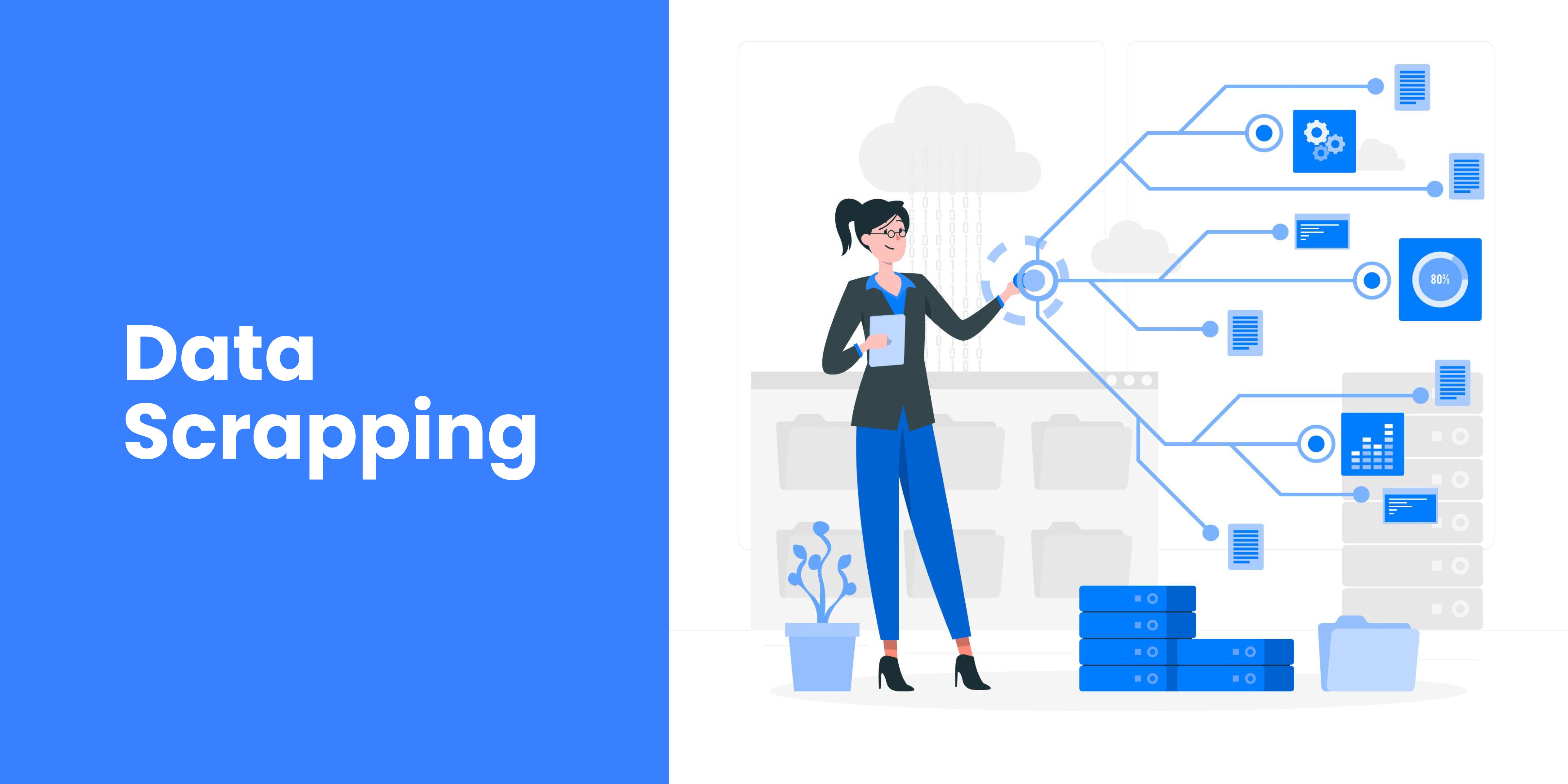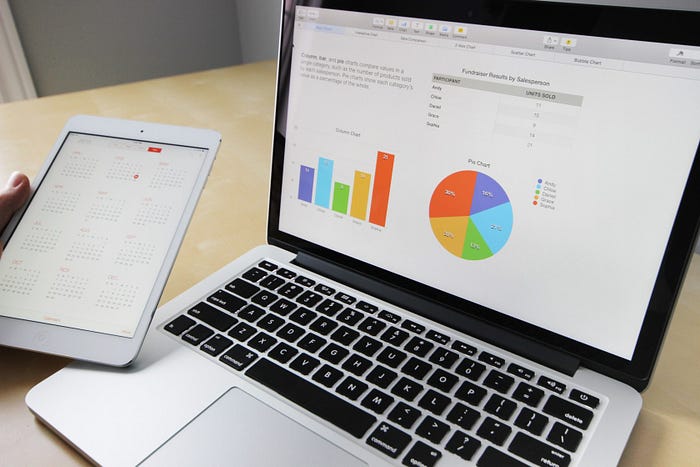Data Scraping Decoded: A Closer Look at the Fundamentals

Data Scraping
In its broadest sense, data scraping describes a method whereby a computer program collects data from the output produced by another program. Web scraping, which involves utilizing an application to extract useful information from a website, is a common example of data scraping.
Why Do We Need to Scrape Data?
Many companies often do not expose all of their data via a consumable API or other easily accessible resources due to concerns about unauthorized use. However, there are instances where accessing website data is necessary, irrespective of any attempt to limit access. This creates a cat-and-mouse game between web scraping bots and various content protection strategies, each trying to outmaneuver the other.
Uses of Data Scraping:
- Collecting business intelligence to inform web content decisions.
- Determining prices for travel booking or comparison sites.
- Finding sales leads or conducting market research via public data sources.
- Sending product data from eCommerce sites to online shopping platforms like Google Shopping.
While data scraping has legitimate uses, it's often abused by bad actors. For instance, it's commonly employed to harvest email addresses for spamming or scamming purposes, or to retrieve copyrighted content from one website and automatically publish it on another, which can lead to legal issues.

Data Scraping Techniques
Here are a few methods frequently used to extract information from websites:
- HTML Parsing: Targeting linear or nested HTML pages using JavaScript is an effective and quick technique for scraping screens, retrieving resources, and extracting information and links.
- DOM Parsing: Scrapers typically use a DOM parser to view the structure of web pages in depth, accessing nodes that contain information and scraping the webpage with tools like XPath. For dynamically generated content, scrapers can embed web browsers like Firefox and Internet Explorer to extract whole web pages or parts of them.
- Vertical Aggregation: Companies with extensive computing power can create vertical aggregation platforms to target specific verticals, using data harvesting platforms run on the cloud to automatically generate and monitor bots with minimal human intervention.
- XPath: Scrapers can utilize XPath to browse through XML documents' tree-like structures by choosing nodes based on different criteria. XPath can be combined with DOM parsing to extract complete web pages and post them on a destination site.
- Google Sheets: Google Sheets is a popular tool for data scraping. Scrapers can use the IMPORTXML function to scrape from a website, which is useful for extracting specific patterns or data. This command also helps in determining if a website can be scraped or is protected.

Laxaar offers data scraping services with a dedicated team of professionals. With over 77 premium clients served, our ratings reflect high levels of satisfaction with our products and after-sales services. We provide 24/7 product support and partner benefits to ensure a seamless experience.
For more information or to view our portfolios, please visit Laxaar Portfolio. If you're interested in obtaining a free quote or estimate for website or mobile app development, visit Laxaar Quote to get started.
Consult us for free?
View More


